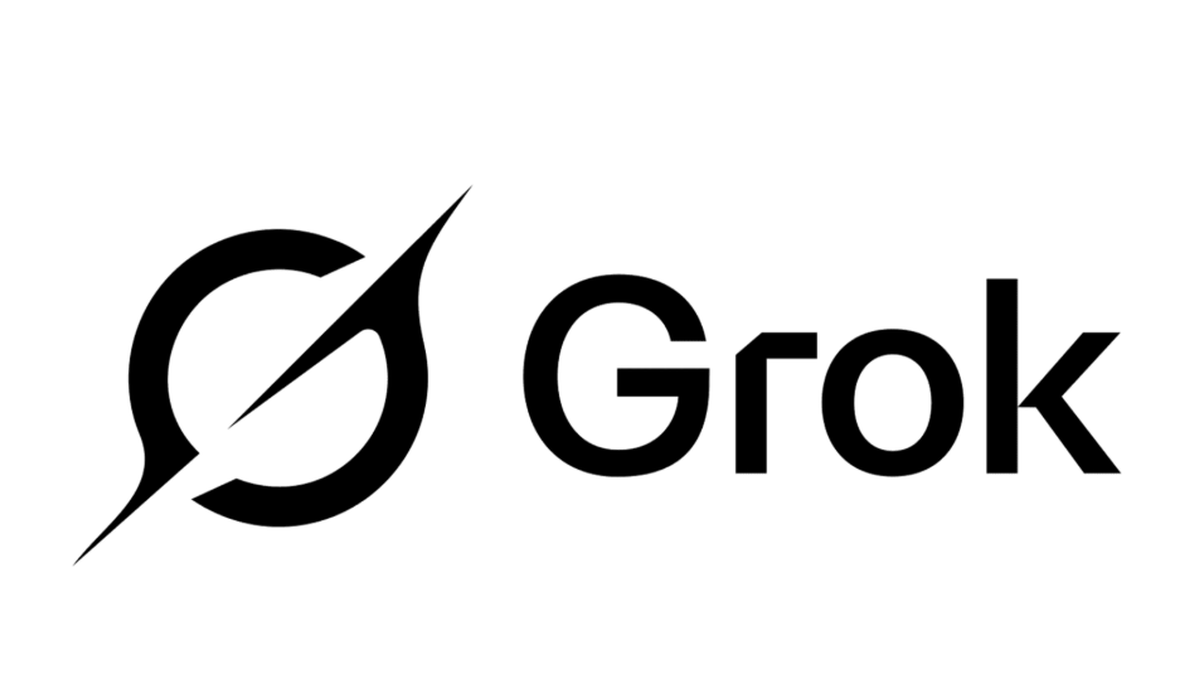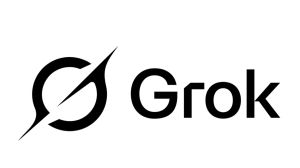OK, it’s time for me to keep a promise.
Back in October 2022, I wrote an article called Why (almost) everything we told you about passwords was wrong. The article summarizes how a lot of what you’ve been told about passwords over the years was either wrong (change your passwords as often as your underwear), misguided (choose long, complicated passwords), or counterproductive (don’t reuse passwords).
Most damningly of all, the vast effort involved in dispensing this advice over decades has generated little discernible improvement in people’s password choices. If it hasn’t quite been a wasted effort, it has certainly represented a galactically inefficient use of resources.
We know that this advice isn’t what it’s cracked up to be thanks to intrepid researchers, such as the folks Microsoft Research, who made it their business to discover what actually makes a difference to password security in the real world, and what doesn’t.
If you want the full, three-course meal version of why all the password advice you’ve been told stacks up to much less than the sum of its parts you can read the original article. Here’s the snack version:
How strong, long, and complicated your password is almost never matters in the real world. The most common type of password attack is credential stuffing, which uses passwords stolen in data breaches. It works because it’s so common for people to reuse the same password in two places and it is completely unaffected by password strength. The next most common attack is password spraying, where criminals use short lists of very simple passwords on as many computers as possible. In both situations a laughably simple but unique password is good enough to defeat the attack.
There are rare types of attack—offline password guessing—where a strong password might help, but the trade-off is that strong passwords are far harder for people to remember, which leads them to use the same password for everything, which makes them much more vulnerable to credential stuffing. Notebooks are a really good, simple solution to the password reuse problem, but for years people were ridiculed for using them. Password managers are also a good solution but they are much harder to use than notebooks and a majority of people don’t use them, and don’t trust them, despite years of positive press and advocacy.
OK, back to the promise I mentioned.
As somebody who has done his fair share of dispensing this kind of advice, I ended my Why (almost) everything we told you about passwords was wrong article with a mea culpa in the form of a promise. Never again would I dish out laundry lists of things you should do to your password. I would instead focus my energy on getting you to do one thing that really can transform your password security, which is using two-factor authentication (2FA):
So, from now on, my password advice is this: If you have time and energy to spare, find somewhere you’re not using 2FA and set it up. If you do I promise never to nag you about how weak your passwords are or how often you reuse them ever again.
Well, today is World Password Day, and it’s time to make good on that promise. I was asked to write a list of password tips, so here they are:
- Set up 2FA somewhere.
To explain why I’m all-in for 2FA I can’t do any better than quote Microsoft’s Alex Weinert from his 2019 article, Your Pa$$word doesn’t matter. (He calls it MFA but he means the same thing, I’ll explain why lower down).
Based on our studies, your account is more than 99.9% less likely to be compromised if you use MFA.
Yes, he wrote 99.9%, and he wasn’t exaggerating. 2FA defeats credential stuffing, password spraying, AND password reuse, AND a bunch of other attacks.
Even if you don’t know what 2FA is, you’ve probably used it. If you’ve ever typed in a code from an email, text message or an app alongside your password you’ve used 2FA.
In the real world, 2FA just means “do two different things to prove it’s you when you log in”. One of those things is almost always typing a password. The other thing is often typing a six-digit code you get from your phone, but it might also be responding to a notification on your phone or plugging in a hardware key (a small plastic dongle that plugs into a USB port and does some fancy cryptographic proving-its-you behind the scenes).
2FA is very widely supported and any popular website or app you use is likely to offer it. In an ideal world those sites and apps would take responsibility for your security and just make 2FA a mandatory part of their account setup process. Unfortunately, we don’t live in an ideal world, and the tech giants that know better than anyone else how much 2FA can protect you have left it for you to decide if you need it.
To make your life a little harder still, they also give it different names. You’ve already met MFA, which means multi-factor authentication, while Google, WhatsApp, Dropbox, Microsoft, and others brand their version of 2FA with a slightly altered name: two-step verification (2SV).
If you have a choice, the best form of 2FA is a password and hardware key, but you’ll need to buy a hardware key. They are worth the small investment and not nearly as intimidating as they can seem.
If you aren’t ready for the that, the next best form of 2FA uses an app that prompts you with a notification on your phone. Next best after that is 2FA that uses a code from an app on your phone, and the least good version of 2FA uses a code sent over SMS.
However, don’t let anyone tell you any form of 2FA is “bad.” It’s all relative. Adopt any one of them and you can safely ignore the rest of the password advice you were probably ignoring already.
To help you get started, here are links to the 2FA setup instructions for the five most visited websites:
- Google 2-step verification
- YouTube 2-step verification (the company, owned by Google, uses the same process above)
- Facebook two-factor authentication
- Twitter two-factor authentication
- Instagram two-factor authentication
We don’t just report on threats—we help safeguard your entire digital identity
Cybersecurity risks should never spread beyond a headline. Protect your, and your family’s, personal information by using identity protection.









